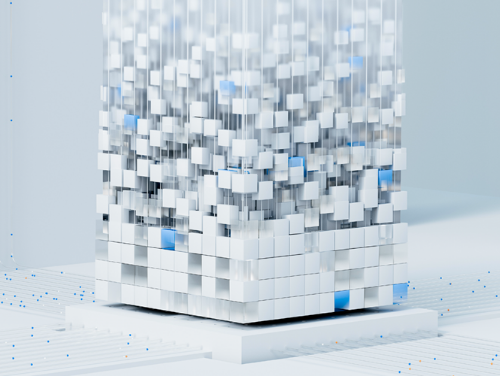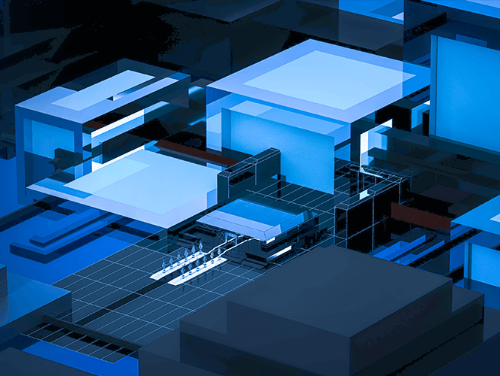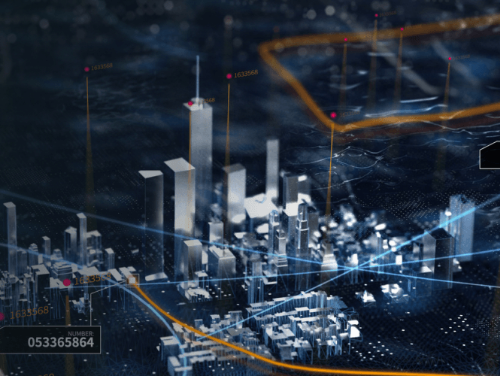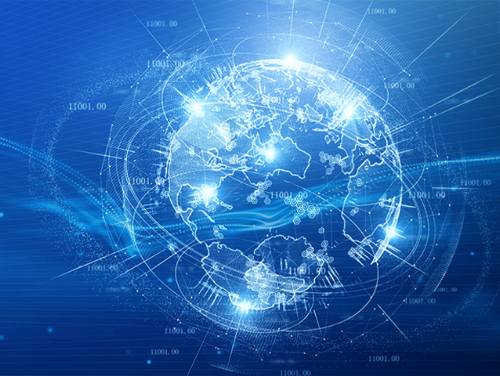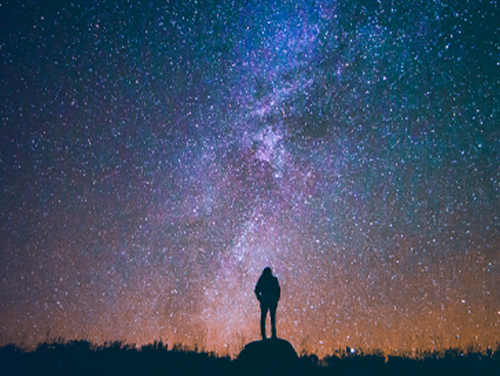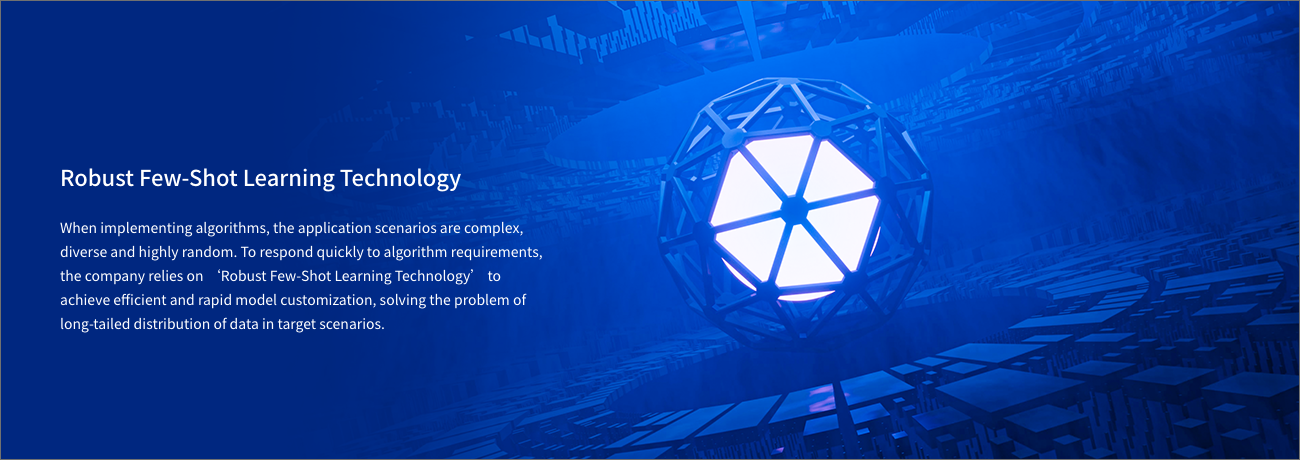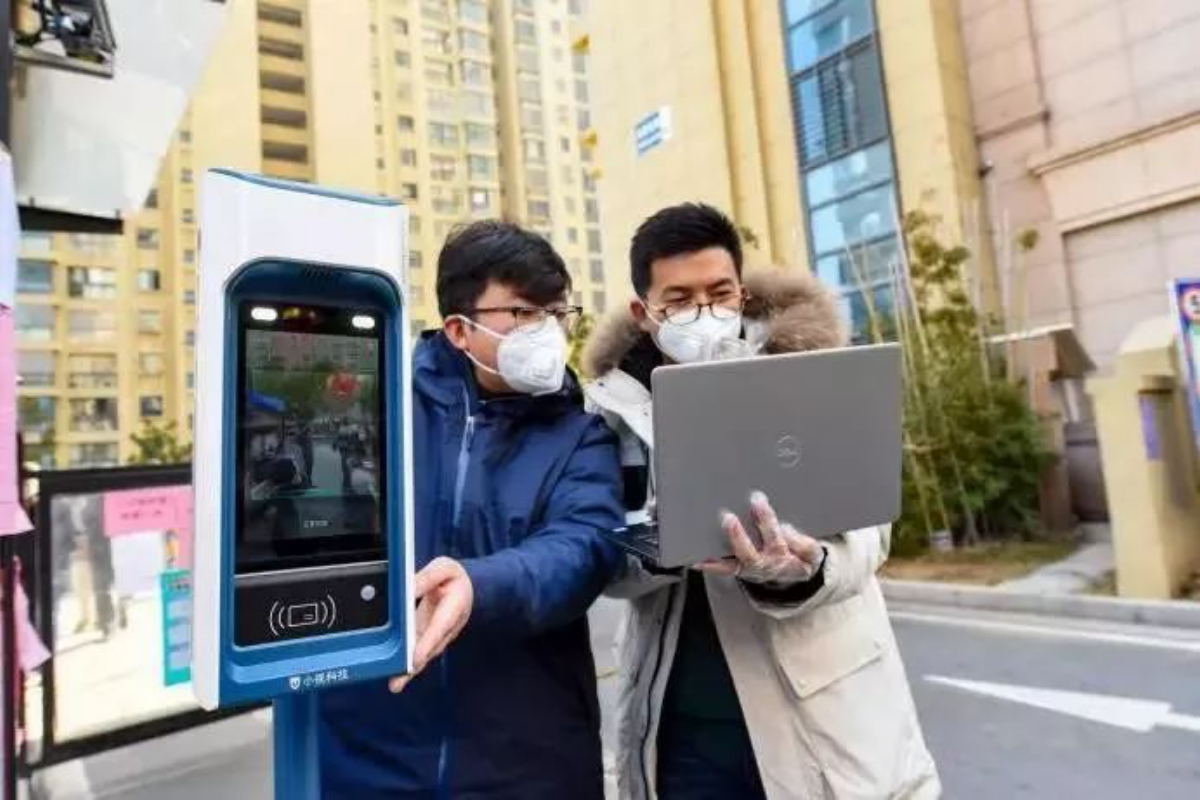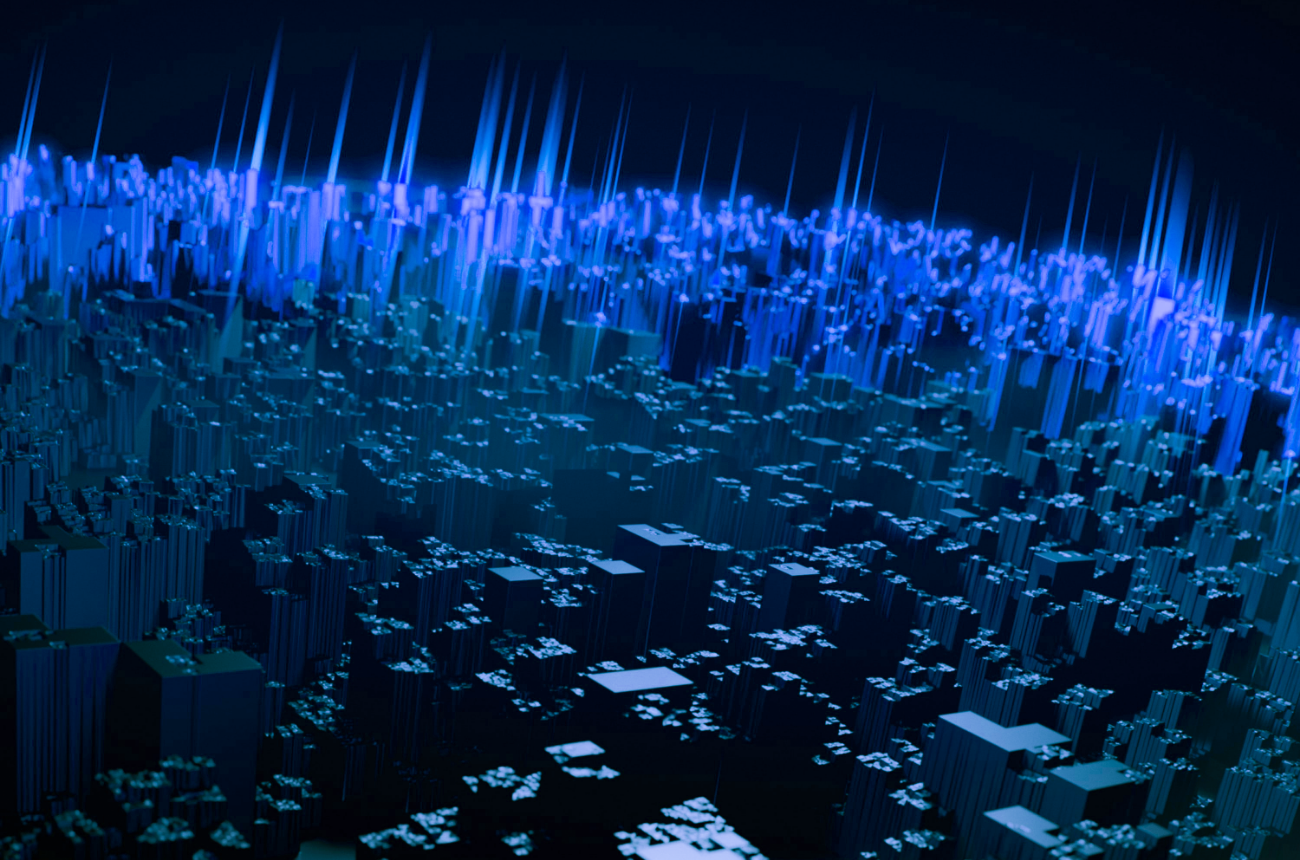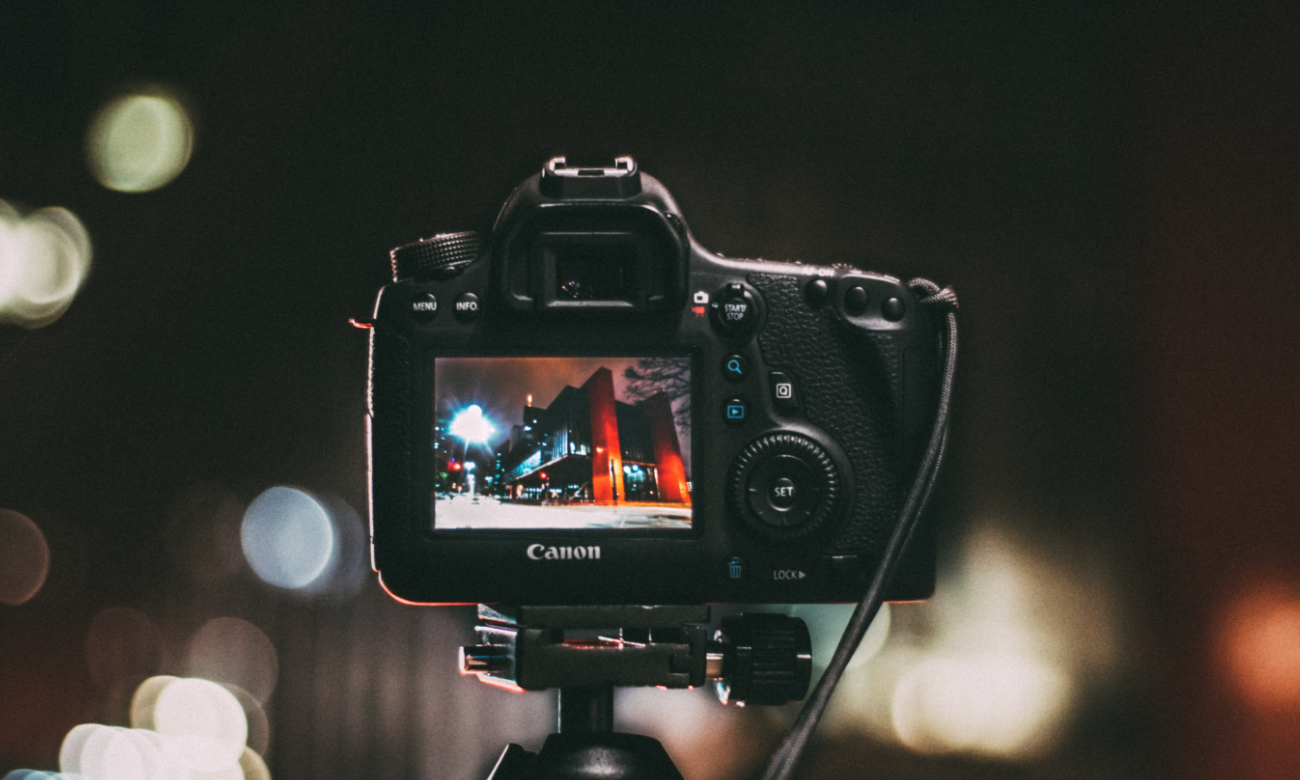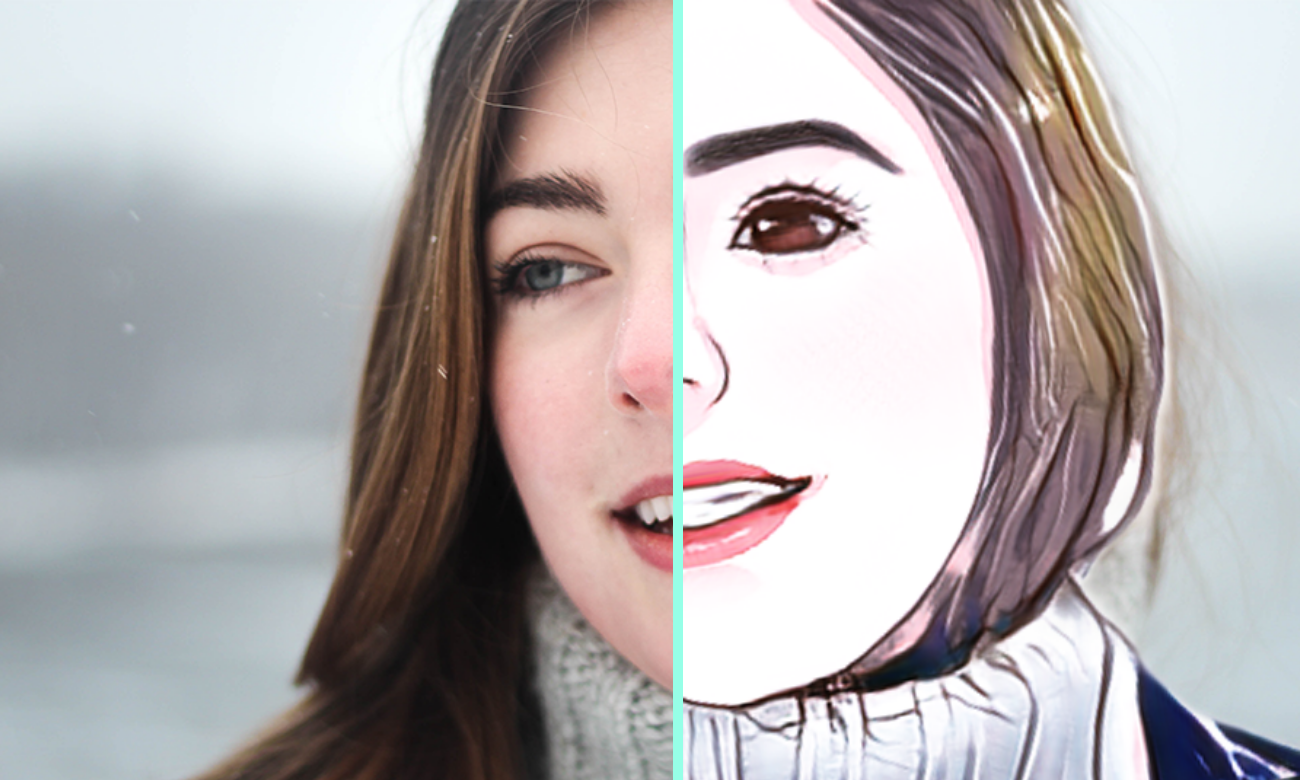- Home
- Core Technologies
-
Product Center
- AI Labelling Training Platform
- AI Algorithm Set
- Visual Center Platform
- AIOT Platform
- High-performance and Low-latency Edge Computing
- Intelligent Mining Applications Integrated Machine
- Intelligent Mining Calculation and Analysis Integrated Machine
- Intelligent Terminal Engine
- Intelligent IoT Application System
-
Industry Applications
-
Digital Intelligence Living
-
Digital Intelligence Governance
-
Digital Intelligence Industry
-
Digital Intelligence Military Industry
-
- Eco-cooperation
- News Center
- About Us
- Open Platform
- 语言:中

The application solution is being upgraded
Stay tuned
